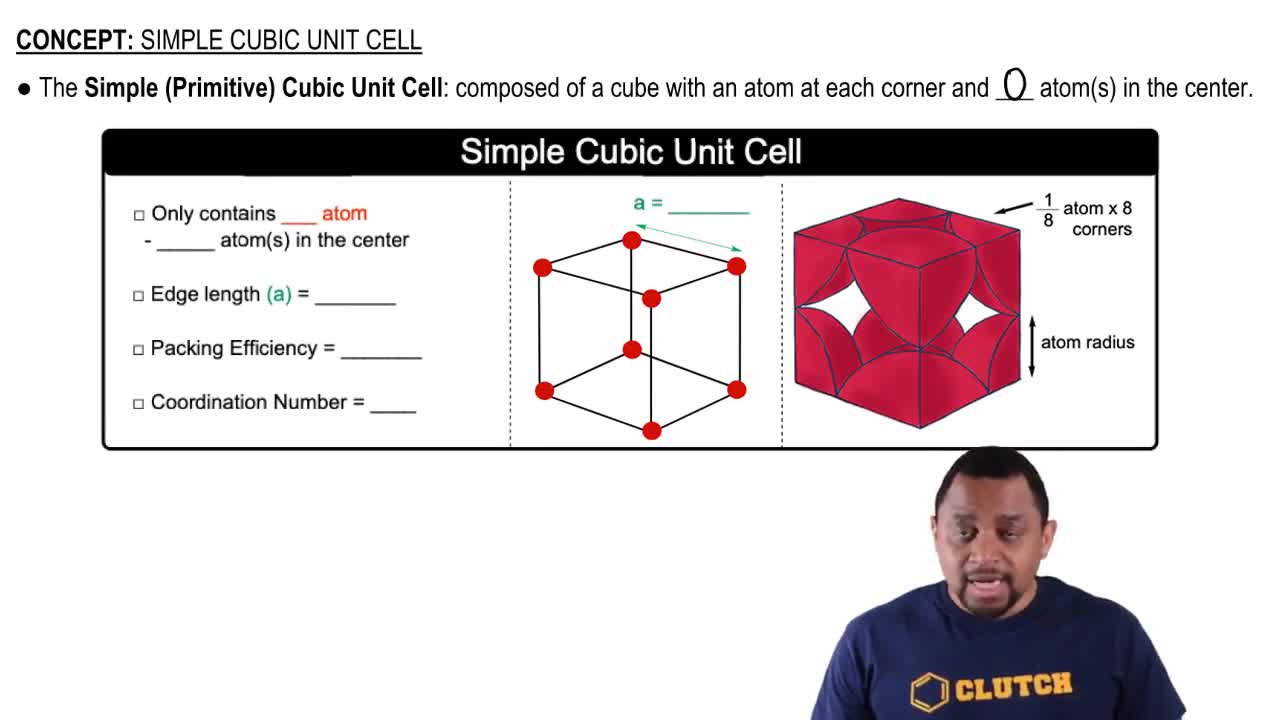Textbook Question
The unit cell of a compound containing Co and O has a unit
cell shown below. The Co atoms are on the corners, and the O
atoms are completely within the unit cell. What is the empirical
formula of this compound? What is the oxidation state of
the metal?
668
views




